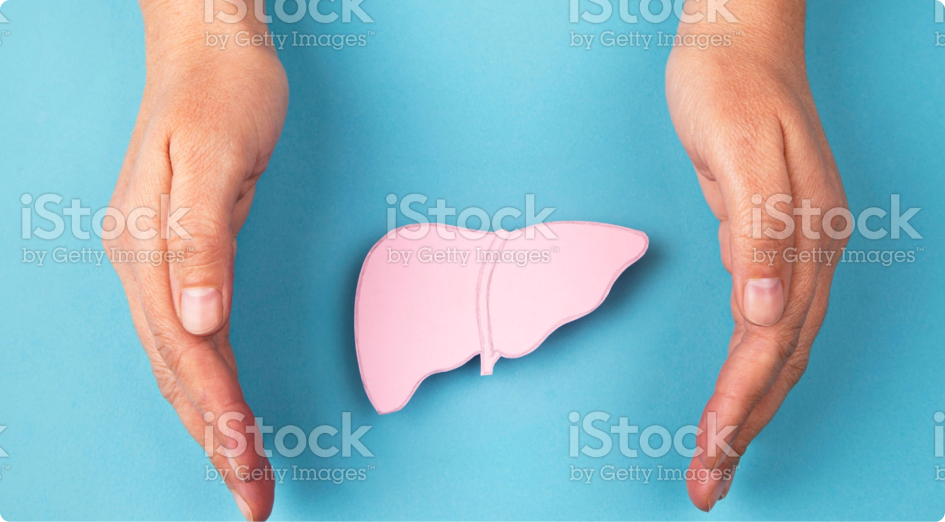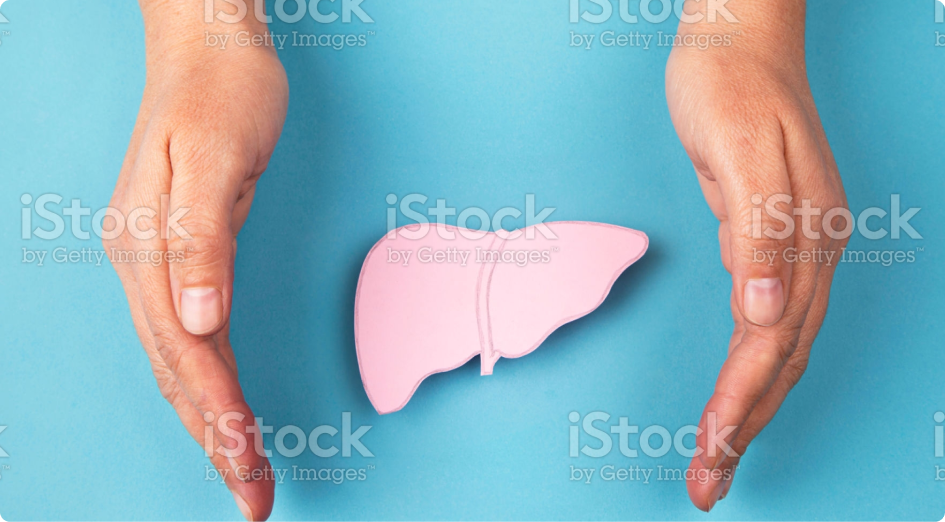Blog sample
What Is Acid Reflux and Heartburn?
Heartburn is a burning feeling in the chest caused by stomach acid travelling up towards the throat (acid reflux). If it keeps happening, it’s called Acid Reflux Disease, or Gastroesophageal Reflux Disease (GERD), which affects about 1 in every 10 patients in Singapore.
Suffering from heartburn or acid reflux? Heartburn is a burning feeling in the chest caused by stomach acid travelling up towards the throat (acid reflux). Acid Reflux Disease, or Gastroesophageal Reflux Disease (GERD) affects about 1 in every 10 patients in Singapore. Here are most of the common questions asked:
What are the common symptoms of Acid Reflux?
Suffering from heartburn or acid reflux? Heartburn is a burning feeling in the chest caused by stomach acid travelling up towards the throat (acid reflux). Acid Reflux Disease, or Gastroesophageal Reflux Disease (GERD) affects about 1 in every 10 patients in Singapore. Here are most of the common questions asked:
- Heartburn. Also called acid indigestion, heartburn is a burning pain or discomfort that moves up from your stomach to the middle of your abdomen and chest. This pain can also move into your throat.
- Regurgitation. A sour or bitter-tasting acid backing up into your throat or mouth.
- Dyspepsia. Difficulty swallowing or a sensation of food being stuck in your throat.
- Other symptoms: Chronic hiccups, Nausea, Weight Loss, Wheezing (dry cough), Chronic Sore Throat or Bloating.
Treatment Options For Acid Reflux
In mild cases, medication may be sufficient to treat GERD and it’s symptoms. In more severe cases, Dr. Kenneth Koo Yih Meng may suggest surgery, done via minimally invasive techniques, which Dr. Kenneth Koo Yih Meng is very proficient with.
Over-the-counter medications
The options include:
- Antacids that neutralize stomach acid. Antacids, such as Mylanta, Rolaids and Tums, may provide quick relief. But antacids alone won’t heal an inflamed esophagus damaged by stomach acid. Overuse of some antacids can cause side effects, such as diarrhea or sometimes kidney problems.
- Medications to reduce acid production. These medications — known as H-2-receptor blockers — include cimetidine (Tagamet HB), famotidine (Pepcid AC) and nizatidine (Axid AR). H-2-receptor blockers don’t act as quickly as antacids, but they provide longer relief and may decrease acid production from the stomach for up to 12 hours. Stronger versions are available by prescription.
- Medications that block acid production and heal the esophagus. These medications — known as proton pump inhibitors — are stronger acid blockers than H-2-receptor blockers and allow time for damaged esophageal tissue to heal. Over-the-counter proton pump inhibitors include lansoprazole (Prevacid 24 HR) and omeprazole
(Prilosec OTC, Zegerid OTC).
Prescription medications
Prescription-strength treatments for GERD include:
- Prescription-strength H-2-receptor blockers. These include prescription-strength famotidine (Pepcid) and nizatidine. These medications are generally well-tolerated but long-term use may be associated with a slight increase in risk of vitamin B-12 deficiency and bone fractures.
- Prescription-strength proton pump inhibitors. These include esomeprazole (Nexium), lansoprazole (Prevacid), omeprazole (Prilosec, Zegerid), pantoprazole (Protonix), rabeprazole (Aciphex) and dexlansoprazole (Dexilant). Although generally well-tolerated, these medications might cause diarrhea, headache, nausea and vitamin B-12 deficiency. Chronic use might increase the risk of hip fracture.
- Medication to strengthen the lower esophageal sphincter. Baclofen may ease GERD by decreasing the frequency of relaxations of the lower esophageal sphincter. Side effects might include fatigue or nausea.
- Prescription-strength H-2-receptor blockers. These include prescription-strength famotidine (Pepcid) and nizatidine. These medications are generally well-tolerated but long-term use may be associated with a slight increase in risk of vitamin B-12 deficiency and bone fractures.
Symptoms Of Acid Reflux Conditions Treated By Our Gastroenterologist
Suffering from heartburn or acid reflux? Heartburn is a burning feeling in the chest caused by stomach acid travelling up towards the throat (acid reflux). Acid Reflux Disease, or Gastroesophageal Reflux Disease (GERD) affects about 1 in every 10 patients in Singapore. Here are most of the common questions asked:
- Abdominal Bloating & Pain
- Irritable Bowel Syndrome (IBS)
- Polyps (Abnormal Growths)
What are the common symptoms of Acid Reflux?
Suffering from heartburn or acid reflux? Heartburn is a burning feeling in the chest caused by stomach acid travelling up towards the throat (acid reflux). Acid Reflux Disease, or Gastroesophageal Reflux Disease (GERD) affects about 1 in every 10 patients in Singapore. Here are most of the common questions asked:
- Heartburn. Also called acid indigestion, heartburn is a burning pain or discomfort that moves up from your stomach to the middle of your abdomen and chest. This paincan also move into your throat.
- Regurgitation. A sour or bitter-tasting acid backing up into your throat or mouth.
What are the common symptoms of Acid Reflux?
Suffering from heartburn or acid reflux? Heartburn is a burning feeling in the chest caused by stomach acid travelling up towards the throat (acid reflux). Acid Reflux Disease, or Gastroesophageal Reflux Disease (GERD) affects about 1 in every 10 patients in Singapore. Here are most of the common questions asked:

Chemotherapy
Chemotherapy is the use of anti-cancer drugs to destroy cancer cells or stop them from dividing. It can help to control symptoms by shrinking the cancer and
slowing its progression. Chemotherapy drugs are usually given as injections into the vein (intravenously), although they can sometimes be given as tablets.
Chemotherapy may also be administered as part of a treatment called chemoembolisation. Chemoembolisation involves the injection of chemotherapy drugs directly
into the cancer in the liver, together with a gel or tiny plastic beads to block blood flow to the cancer (embolisation).
Not everyone is suitable for chemotherapy as it can only be given if the liver function is good enough.
Immunotherapy
An important part of the immune system is the ability to recognise foreign from normal cells. Immunotherapy isa relatively new form of therapy where
patients receivea medication targeted at a receptor called the Program death protein 1(PD1) or programmed death ligand 1(PD- L1). These are known as
checkpoint inhibitors. These drugs stimulate the immune cells called T lymphocytes to attack the cancer cells. A couple of immunotherapy drugs
(both PD1 inhibitors) have been shown to be useful in liver cancer and more clinical trials are underway.
Radiotherapy
Radiotherapy uses high-energy rays to destroy cancer cells or keep them from growing. External radiotherapy uses a machine outside the body the deliver
radiation towards the cancer. Such treatment is not often used to treat HCC because the liver cannot take very high doses of radiation. It may however
be used to relieve pain, for example, in patients whose cancer has spread to the bone. Alternatively, internal radiation uses a radioactive substance
delivered selectively to the cancer via a major blood vessel that carries blood to the liver (hepatic artery).








